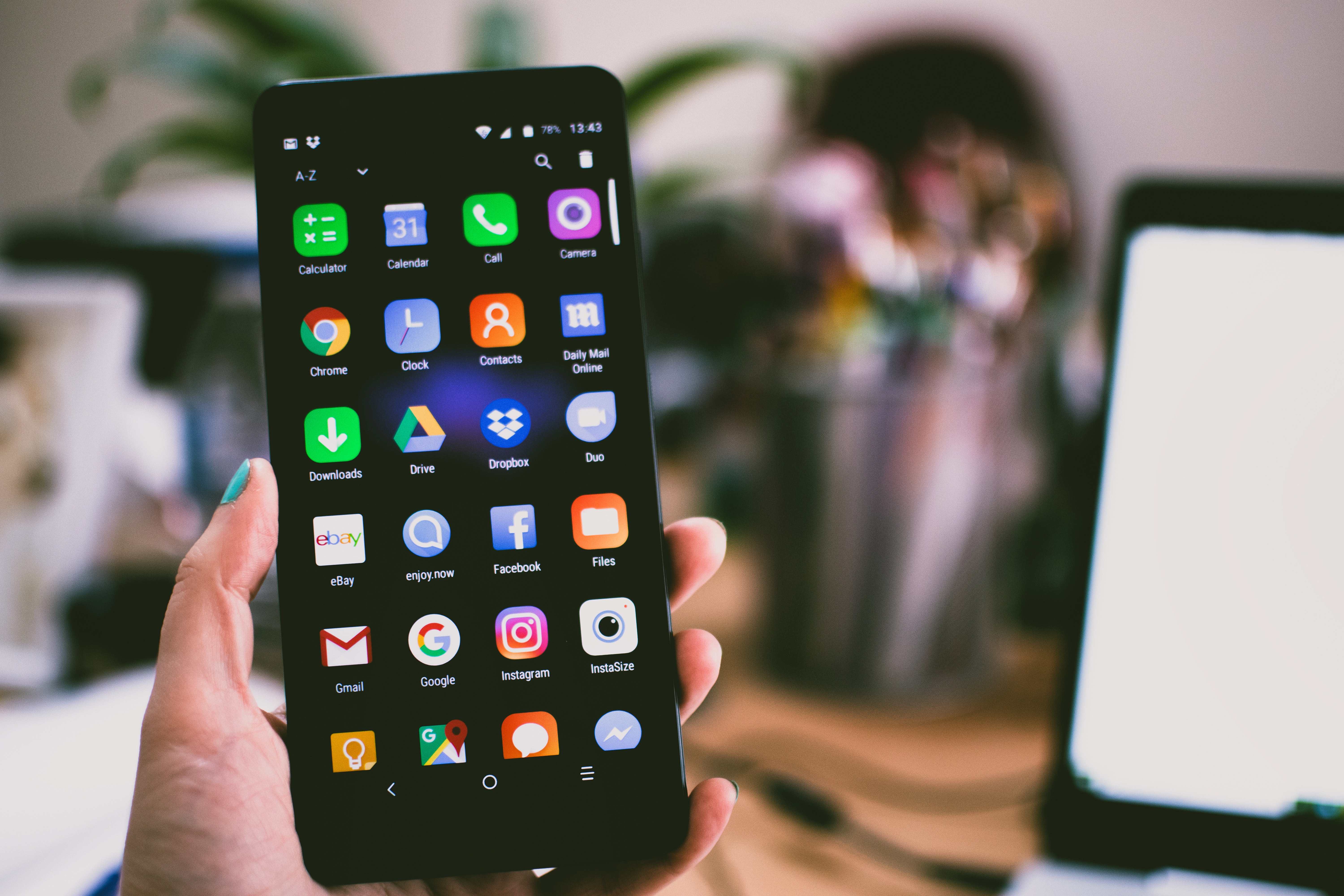Exploring the World of Smartphones: Innovations, Trends and Insights
Smartphones have transformed from simple communication tools into powerful pocket-sized computers that shape how we work, connect, and navigate daily life. With rapid technological advancements and evolving consumer needs, understanding the smartphone landscape helps users make informed decisions. This article examines the evolution of mobile technology, explores what makes modern smartphones indispensable, discusses their societal impact, offers guidance on selecting the right device, and looks ahead to emerging trends that will define the future of mobile communication.

The smartphone revolution has fundamentally altered human interaction, productivity, and entertainment over the past two decades. What began as devices primarily designed for voice calls and text messaging has evolved into sophisticated technology platforms that serve as cameras, navigation systems, payment tools, health monitors, and gateways to infinite information. Understanding this transformation provides valuable context for appreciating current capabilities and anticipating future developments in mobile technology.
The Evolution of Mobile Phone Technology
The journey from basic cellular phones to today’s advanced smartphones represents one of technology’s most remarkable progressions. Early mobile phones in the 1980s were bulky, expensive, and limited to voice communication. The 1990s introduced text messaging and smaller form factors, while the early 2000s brought color screens, cameras, and basic internet connectivity. The true smartphone era began in 2007 with touchscreen interfaces and app ecosystems that transformed phones into versatile computing devices. Each generation of mobile technology brought faster data speeds, from 2G to 3G, 4G LTE, and now 5G networks that enable seamless streaming, cloud computing, and real-time communication. Processing power has increased exponentially, with modern smartphone processors rivaling laptop capabilities. Camera technology has advanced from basic VGA sensors to multi-lens systems with artificial intelligence enhancement, computational photography, and professional-grade video recording. Battery technology, display quality, and biometric security have all seen continuous improvement, making contemporary smartphones powerful tools that fit in your pocket.
Smartphones: More Than Just Communication Devices
Modern smartphones transcend their original purpose as communication tools, serving as multifunctional devices that integrate into virtually every aspect of daily life. They function as professional cameras capable of capturing high-resolution photos and 4K video, often replacing dedicated photography equipment for casual users and content creators alike. Mobile banking and digital wallet applications have transformed smartphones into secure payment systems, reducing dependence on physical cash and cards. Health and fitness tracking through built-in sensors and dedicated apps helps users monitor activity levels, heart rate, sleep patterns, and overall wellness. Navigation capabilities have made standalone GPS devices largely obsolete, providing real-time traffic updates, public transportation information, and location-based services. Entertainment consumption has shifted dramatically to mobile platforms, with streaming services, gaming, social media, and reading all optimized for smartphone screens. Productivity applications enable remote work, document editing, video conferencing, and project management from anywhere with internet connectivity. Smart home integration allows smartphones to control lighting, temperature, security systems, and appliances, serving as central hubs for connected living environments.
The Impact of Mobile Phones on Society
The widespread adoption of smartphones has created profound social, economic, and cultural shifts that continue to shape modern civilization. Communication patterns have fundamentally changed, with instant messaging, video calls, and social media platforms enabling constant connectivity across geographical boundaries. Access to information has become democratized, placing vast knowledge resources at fingertips and transforming how people learn, research, and stay informed about current events. Economic opportunities have expanded through mobile commerce, gig economy platforms, and remote work possibilities that smartphones facilitate. However, this technological integration brings challenges including concerns about screen time, digital addiction, privacy issues, and the psychological effects of constant connectivity. Social interactions have evolved, with debates ongoing about whether smartphones enhance or diminish face-to-face communication quality. Educational systems increasingly incorporate mobile technology for learning, though digital divides persist where access remains limited. The smartphone’s role in activism, citizen journalism, and political movements demonstrates its power as a tool for social change and information dissemination. Understanding these multifaceted impacts helps individuals and societies navigate the benefits and challenges of ubiquitous mobile technology.
Choosing the Right Mobile Phone
Selecting an appropriate smartphone requires evaluating personal needs, budget considerations, and technical specifications that align with intended usage patterns. Operating system preference represents a fundamental choice, primarily between iOS and Android platforms, each offering distinct ecosystems, user experiences, and application availability. Budget considerations vary widely, with entry-level smartphones starting around $150-$300, mid-range devices typically priced between $300-$700, and premium flagship models ranging from $700-$1,500 or more. Camera quality matters significantly for photography enthusiasts, with factors including megapixel count, lens configuration, low-light performance, and computational photography capabilities influencing image quality. Battery life varies considerably across models, with typical usage requiring devices that provide full-day performance between charges. Screen size and display technology affect viewing experience, with options ranging from compact 5-inch displays to large 6.7-inch screens featuring OLED or LCD technology. Processing power and memory capacity determine multitasking capability and application performance, particularly important for gaming or productivity-focused users. Storage capacity requirements depend on media consumption habits, with cloud services potentially reducing need for extensive local storage. Build quality, water resistance, 5G compatibility, and brand ecosystem integration represent additional factors worth considering during the selection process.
| Device Category | Price Range | Typical Features | Best For |
|---|---|---|---|
| Budget Smartphones | $150-$300 | Basic cameras, adequate performance, smaller batteries | Essential communication, light usage |
| Mid-Range Devices | $300-$700 | Good cameras, solid performance, decent battery life | Balanced features, most users |
| Premium Flagships | $700-$1,500+ | Excellent cameras, top performance, advanced features | Power users, photography enthusiasts |
| Foldable Phones | $1,000-$2,000 | Innovative displays, premium specs, unique form factors | Early adopters, productivity focus |
Prices, rates, or cost estimates mentioned in this article are based on the latest available information but may change over time. Independent research is advised before making financial decisions.
Future Trends in Mobile Phone Development
The smartphone industry continues evolving rapidly, with emerging technologies and design innovations promising to reshape mobile experiences in coming years. Foldable and flexible display technology is maturing, offering larger screens in compact form factors and enabling new usage scenarios that blend tablet and phone functionality. Artificial intelligence integration will deepen, with on-device machine learning enhancing photography, voice assistance, predictive features, and personalized experiences without relying on cloud processing. Camera technology will advance further through periscope zoom lenses, improved computational photography, and potentially under-display front cameras that eliminate notches and punch-holes. Battery technology improvements and more efficient processors aim to extend usage time while supporting power-intensive features like augmented reality applications. 5G network expansion will enable new use cases including enhanced mobile gaming, improved video streaming quality, and Internet of Things connectivity. Augmented reality capabilities will likely become standard features, blending digital information with physical environments for navigation, shopping, and entertainment. Biometric security will evolve beyond fingerprints and facial recognition to include advanced authentication methods. Environmental sustainability is becoming a priority, with manufacturers exploring recyclable materials, longer device lifespans, and improved repairability. These developments suggest smartphones will become even more integral to daily life while addressing current limitations and user concerns.
The smartphone landscape continues to evolve at a remarkable pace, driven by technological innovation and changing user expectations. From their humble origins as simple communication devices to their current status as indispensable digital companions, smartphones have fundamentally transformed modern life. Understanding their evolution, capabilities, societal impact, and future trajectory empowers users to make informed decisions and thoughtfully engage with mobile technology. As innovations continue emerging, smartphones will undoubtedly remain central to how we connect, create, and navigate an increasingly digital world.




